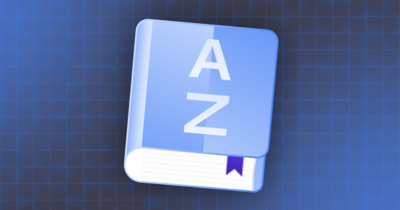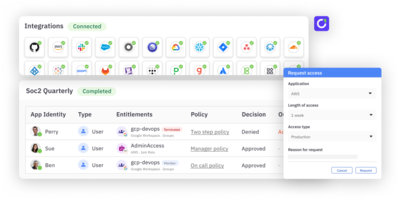Agentic AI refers to a new evolution in artificial intelligence—one where AI agents can make context-aware decisions and interact with systems and other agents to complete tasks on behalf of users or organizations. These agents don’t just suggest next steps—they execute them, often without the need for human intervention.
Where traditional AI models are largely analytical or generative, agentic AI is task-driven. It represents a new class of AI applications designed to optimize workflows, reduce manual labor, and unlock new levels of intelligent automation.
Key characteristics of agentic AI
- Often ephemeral, existing for just seconds or minutes depending on the task.
- Requires role-based or task-specific access, rather than broad or persistent permissions.
- Capable of autonomous decision-making and executing actions in real-time.
- Built to integrate with existing systems and interact securely with other agents.
- Expands the potential for AI solutions by enabling action—not just insight or content.
Agentic AI vs. generative AI
Agentic AI and generative AI are not the same. Generative AI, such as ChatGPT, creates content—like text, code, or images—based on prompts. Generative AI is widely used in chatbots, content creation, and customer support.
Agentic AI, by contrast, is proactive and autonomous. It acts within systems, using output from large language models (LLMs) to complete workflows, trigger follow-ups, or even initiate new tasks. For example, generative AI might draft a proposal, while agentic AI schedules the meeting, sends the draft, and tracks feedback independently.
This ability to make informed decisions and act across systems makes agentic AI systems a distinct and essential advancement in modern AI applications.
Use cases: Types of AI agents
There are three key types of agentic AI agents, each enabling different use cases for organizations.
1. Company AI agents
These agents operate on behalf of an organization within core systems like Salesforce or GitHub. They function like enhanced service accounts with intelligent, autonomous behaviors.
Company AI agents:
- Deliver intelligent automation within app-centric environments.
- Introduce a multiplier effect—each platform may have its own agent.
- Help optimize repetitive system workflows.
- Pose risks if over permissioned, leading to errors or unintended actions.
2. Employee AI agents
These agents assist individuals by handling personal tasks like writing emails, summarizing meetings, or pulling reports from multiple tools. They operate across platforms and tailor their actions to user needs.
Employee AI agents:
- Boost productivity through personalized AI capabilities.
- Inherit user permissions, which can introduce security concerns.
- Require thoughtful access controls to avoid overreach.
- Commonly embedded in chatbots, productivity tools, and personal assistants.
3. Agent-to-agent interactions
This category involves AI agents collaborating with one another to complete end-to-end tasks without human input. Think of an HR agent syncing with a payroll agent to process onboarding paperwork and salary setup automatically.
Agent-to-agent interactions:
- Enable cross-system collaboration and decision-making.
- Support advanced use cases in finance, HR, and IT operations.
- Raise security and governance concerns, especially around who audits these processes.
- Mark a shift toward fully autonomous agentic systems in enterprise environments.
Security challenges
AI agents introduce unique artificial intelligence risks that differ from those associated with traditional AI models. For example, employee AI agents often require limited access, but without clear role definitions, they may inherit full user privileges. Similarly, company AI agents can become over-permissioned, especially when scaled across multiple AI applications, making them potential vulnerabilities.
The most complex challenge lies in agent-to-agent interactions, where verifying trust, permissions, and behavior becomes difficult. Who confirms an agent’s identity? Who audits its decision-making? Without strong access controls and logging, organizations may struggle to maintain visibility or control.
Summary
Agentic AI marks a transformative shift in how we think about automation and identity in the enterprise. Unlike traditional or generative AI, these systems don’t just analyze or generate content—they act. Whether it’s executing tasks, initiating workflows, or collaborating with other agents, agentic AI introduces powerful new capabilities for scale and efficiency.
But with new opportunities comes immense risk. These agents expand the identity surface area, require new access control models, and challenge existing governance frameworks. As organizations embrace this new era of AI, success will depend on striking the right balance between enablement and oversight—ensuring agents are not only productive but also secure, auditable, and aligned with enterprise policy.




